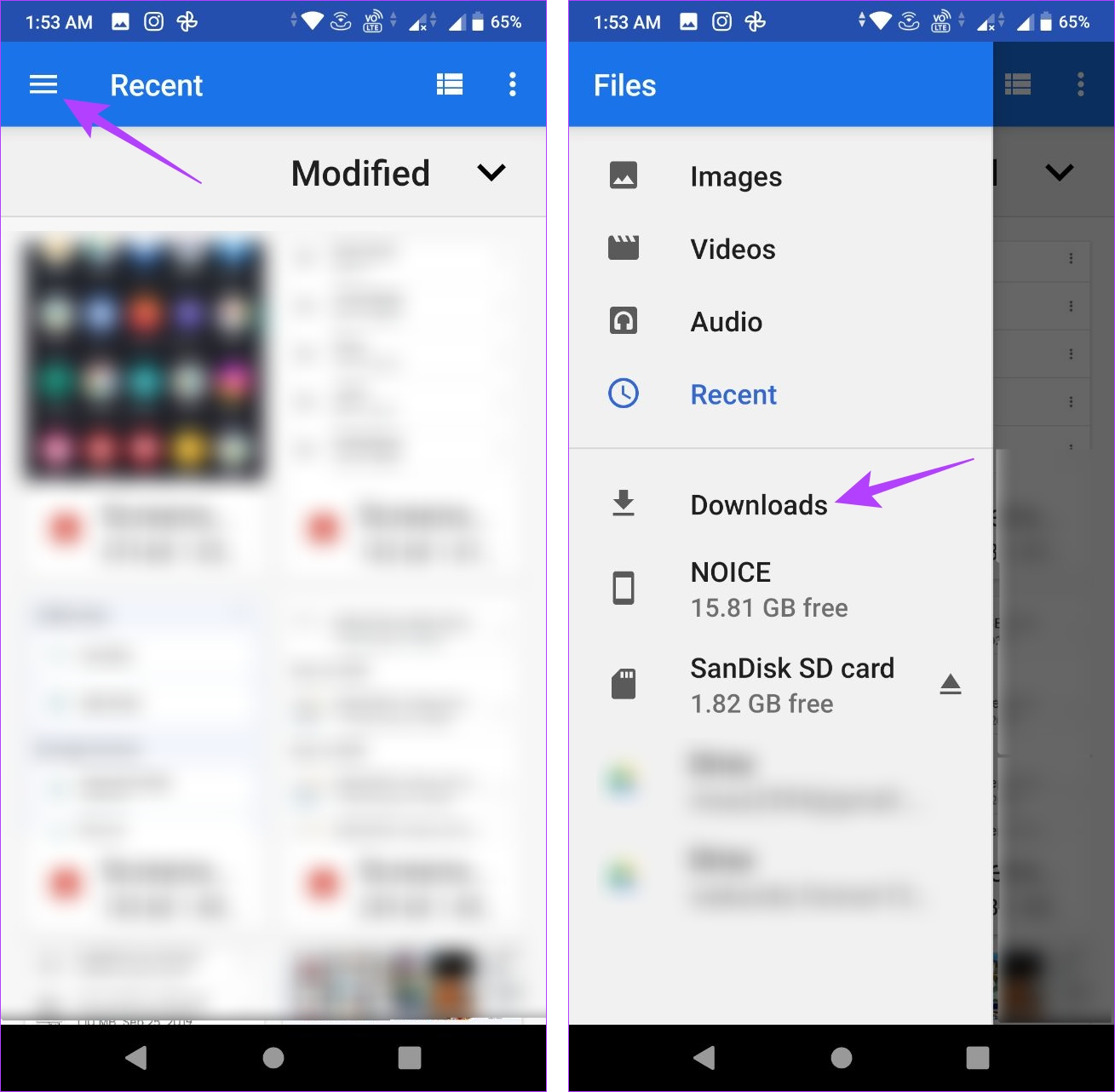How download phone on tablet can Save You Time, Stress, and Money.
How download phone on tablet can Save You Time, Stress, and Money.
Blog Article
Locating downloaded data on your Android device can be a obstacle. Effortlessly, your phone can quickly become cluttered with pictures, videos, screenshots, and other data. To maximize room on your gadget, it's vital to keep an eye on where your downloads are saved. In this manner, you can quickly recognize and erase unnecessary files.

If you're having difficulty situating a essential data that appears to have vanished right into slim air, are afraid not! This guide is right here to help you track it down and get your Downloads folder in order. Whether you're a proud owner of one of the premier Google Pixel phones or another Android device, we'll show you how to rapidly discover your downloads and maintain them nicely organized.
Discover your downloads with the default data supervisor
Each smart device producer may supply a somewhat various built-in Android app for file monitoring, but your experience ought to be similar. If you possess a Samsung phone, refer to our tutorial, which shows how to discover downloads on your Samsung Galaxy phone.
Comparable to running systems like Windows, macOS, and iphone, Android has a Downloads folder for your documents. Do the complying with to locate the downloads on your tool:
1. Open up the Files or My Data application from the home display or application cabinet.
2. Try to find a area called Downloads.
3. Tap it to view the data you downloaded.
Utilize the Documents by Google application for your downloads
Several Android data manager apps on the Google Play Store permit you to situate your downloaded data. Documents by Google is among the best options if you don't wish to manage difficult UIs. It's also a good replacement for any kind of default data supervisor application preinstalled on your gadget.
4. Open up the Data app.
5. Select the Browse tab at the bottom.
6. Faucet Downloads.
7. Select the Download and install tab to see the files because folder.
Find your downloads by hand
Navigate to your phone's internal storage space if you can not find the storage space location of the Downloads folder on the homepage of your documents manager application. Right here's how you do it:
1. Open up the Data app.
2. Select the Browse tab near the bottom.
3. Scroll down and most likely to Interior storage.
4. Touch the Download folder.
Relocate your downloads to one more place
Transferring files out of the for different factors, especially for documents that hold sensitive or individual data. Positioning such data in their marked folder improves their protection and minimizes the threat of unintentional deletion. In addition, it assists prevent them from being lost among the multitude of unrelated files you may download.
1. Open the Files app.
2. Navigate to your Download folder.
3. Tap the three-dot menu to the right of any file.
4. Choose the Move to option.
5. Tap Internal storage at the bottom.
6. Select any location or folder.
7. Tap Move here to transfer the file to that location.
You can also use the Copy to option and paste these files to another location. This allows you to create as many duplicates as you want without removing the original files from your Download folder.
View the exact location of your downloadsM/b >
At times, you might need to locate the Download folder click on the three-dot menu beside a downloaded file and select File info. For many up-to-date Android devices, the default path for downloads is/ storage/emulated/0/ Download. Although certain third-party web download apps android tablet browsers could save files elsewhere, this is typically the primary download location.
Managing your downloads is easier than you think
The Files app by Google is an excellent choice for those who appreciate a straightforward file management solution. With its user-friendly interface and simple features, this app effectively categorizes your files into different types such as downloads, images, videos, and audio. Additionally, it provides the option to remove unnecessary files.
Speaking of tidying up, you can free up more storage space by learning how to delete unwanted WhatsApp media files. You can install an SD card on some Android devices if you're still short on space.
Report this page